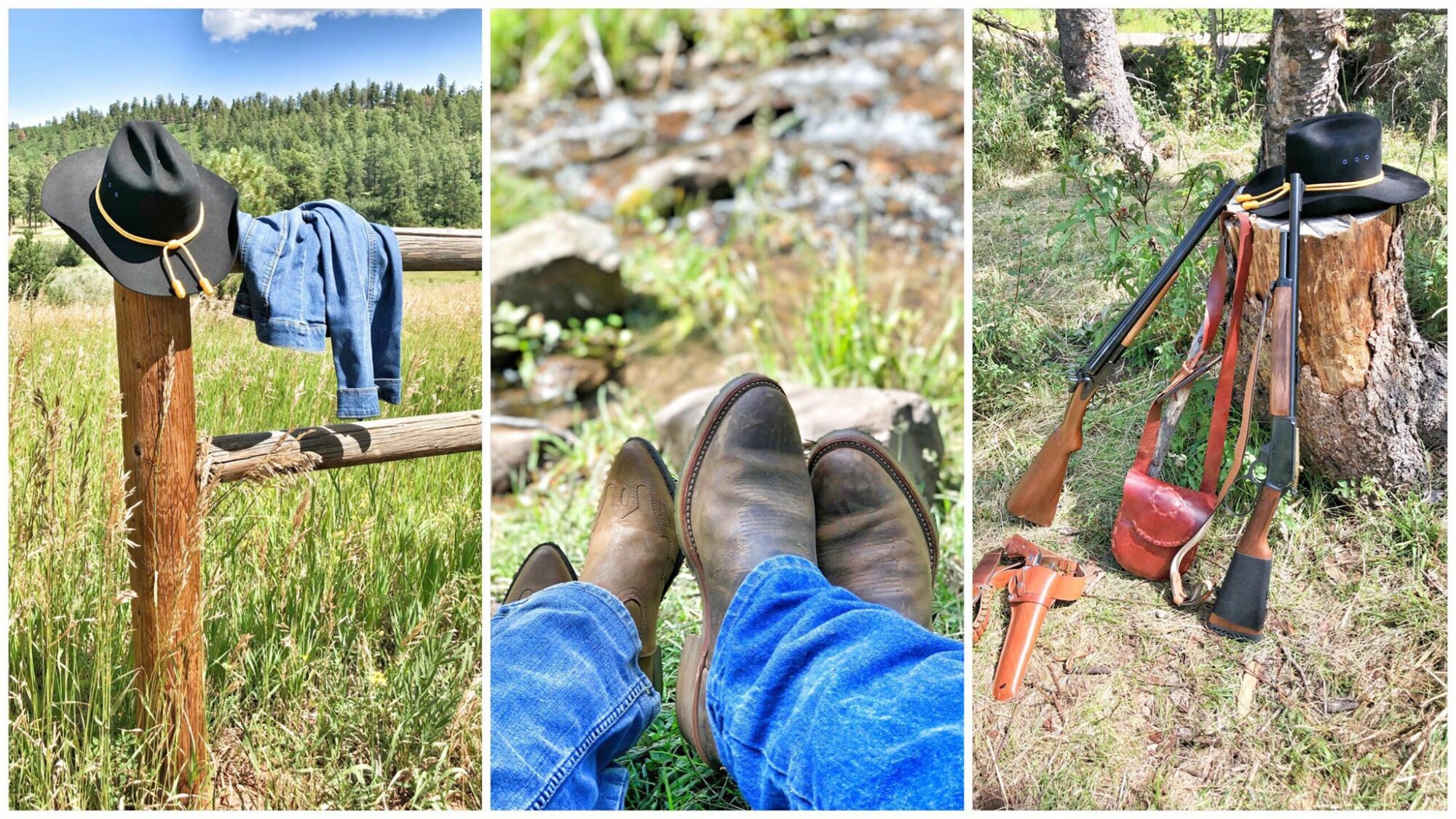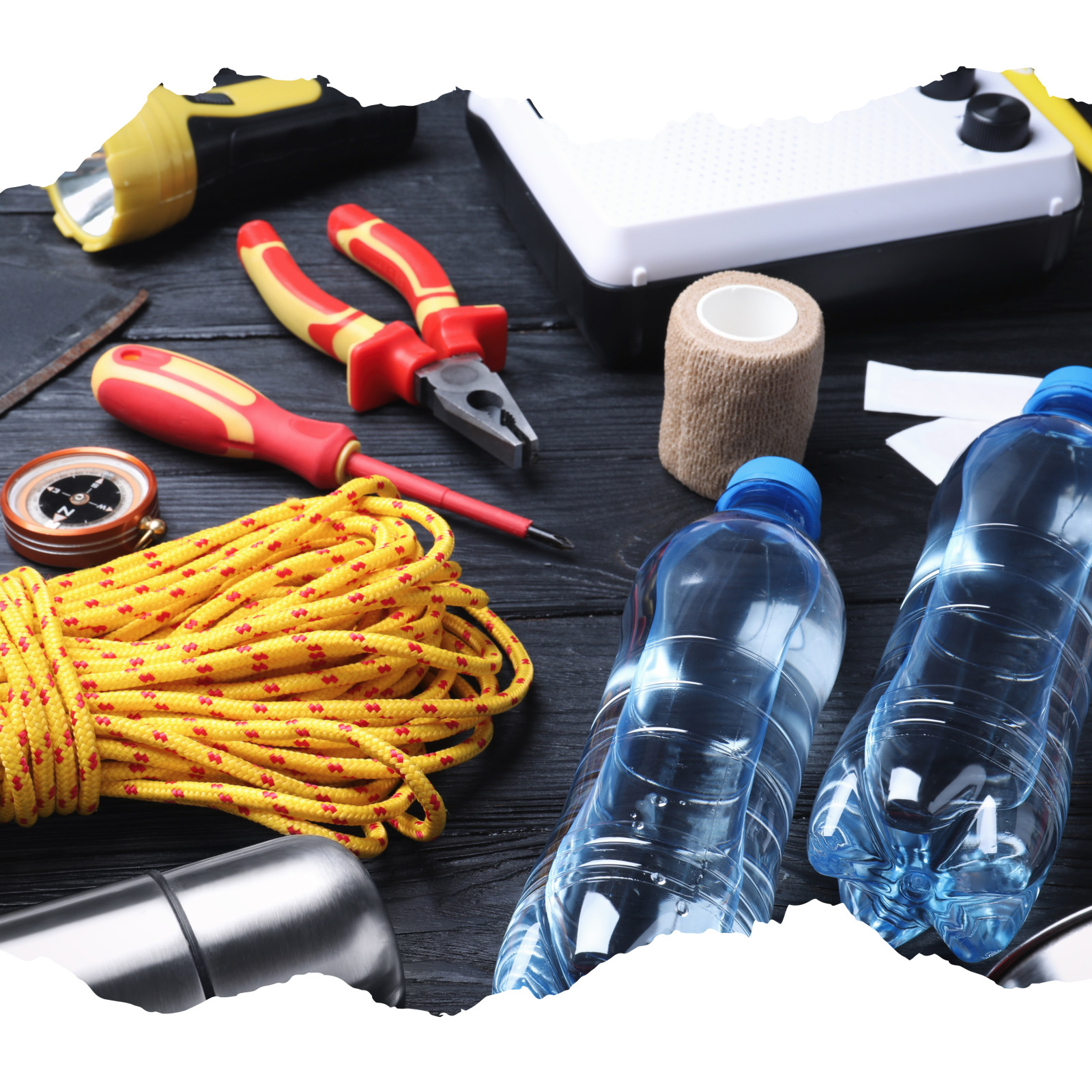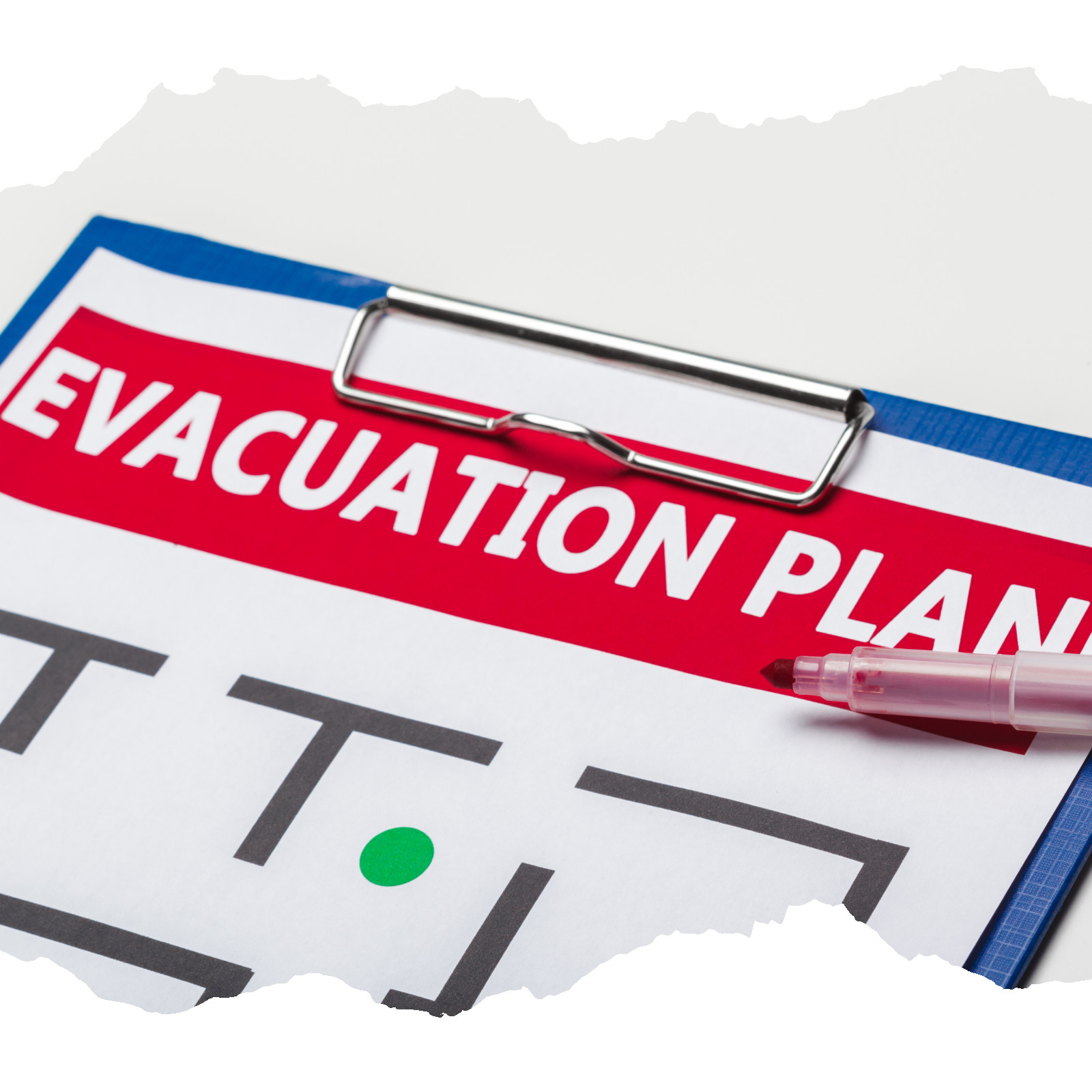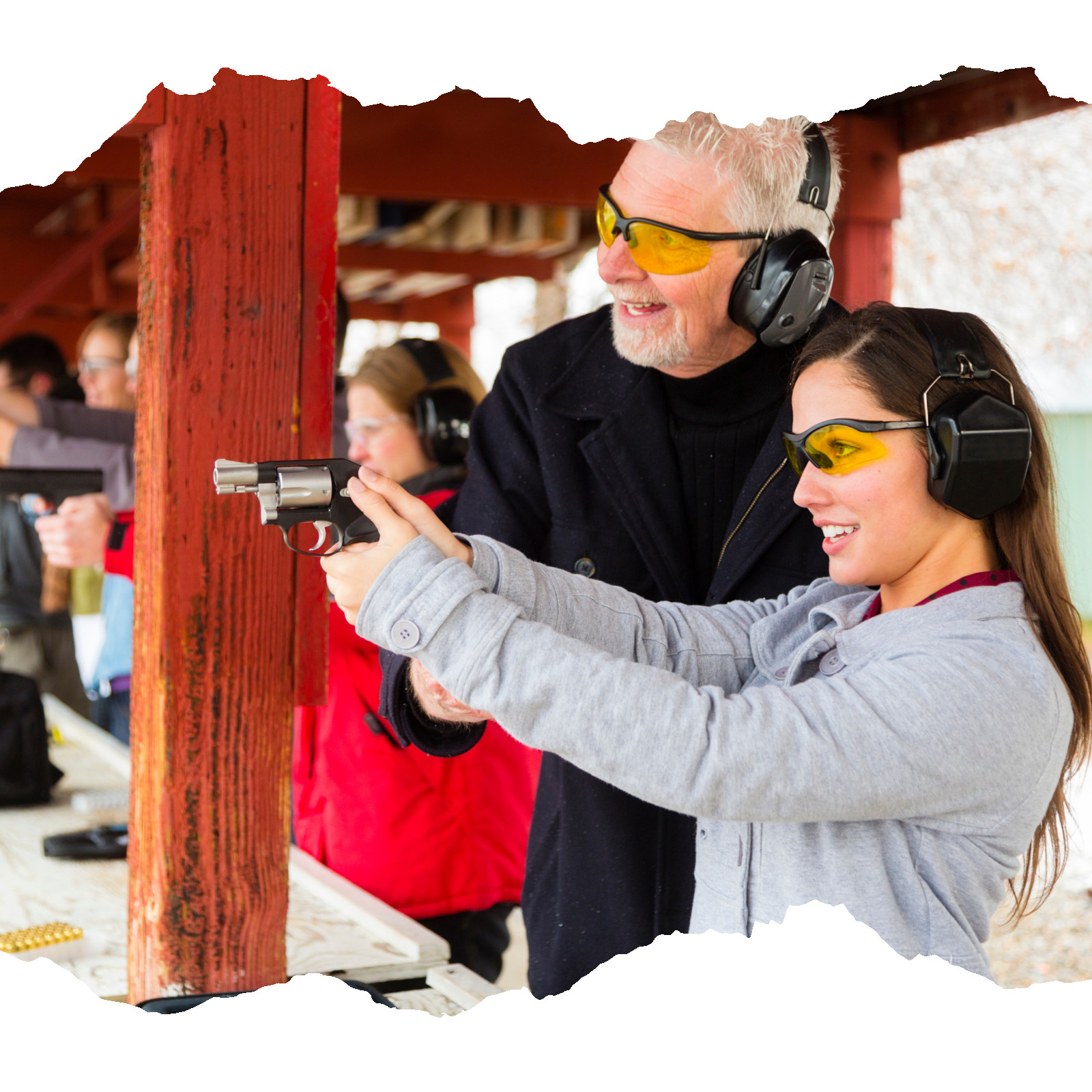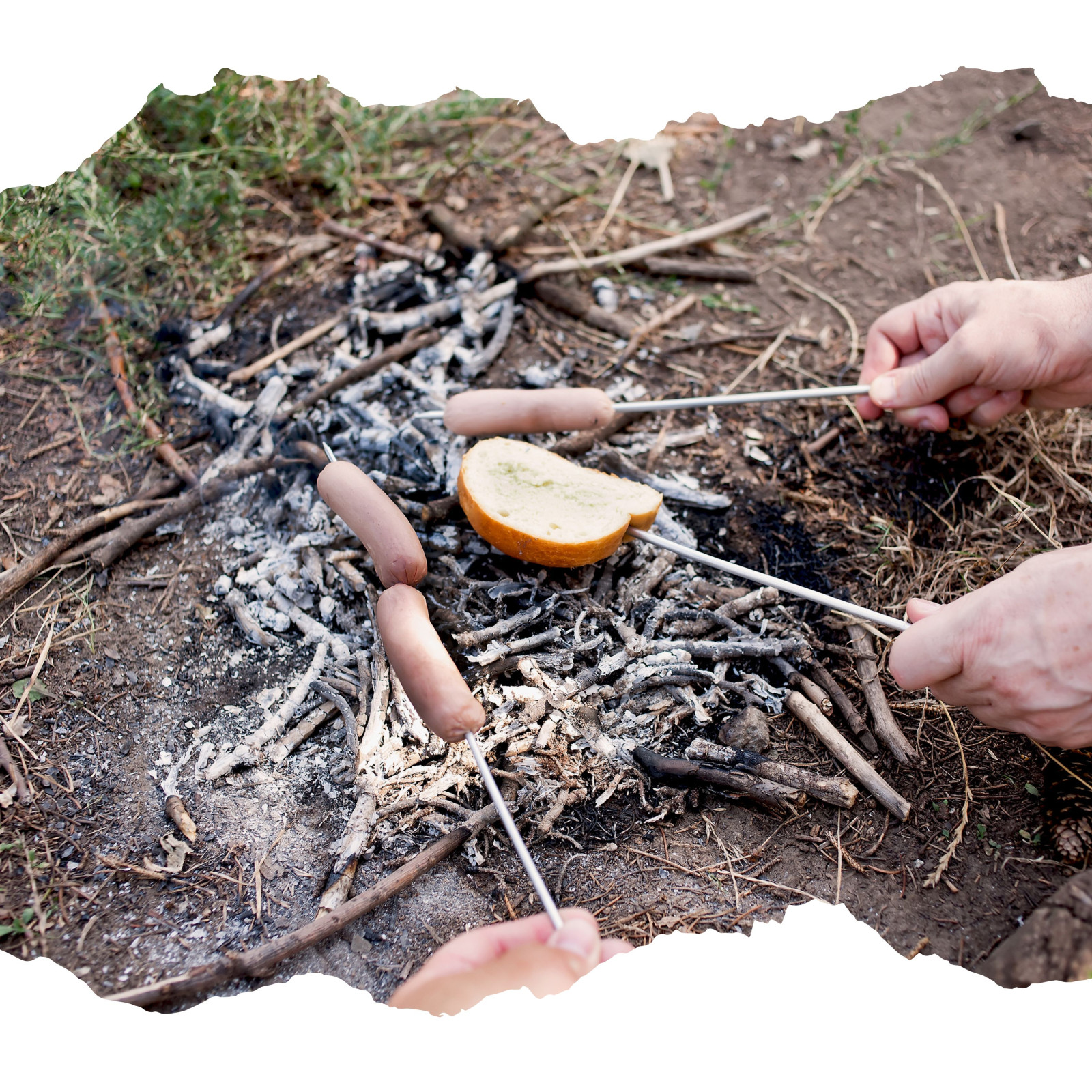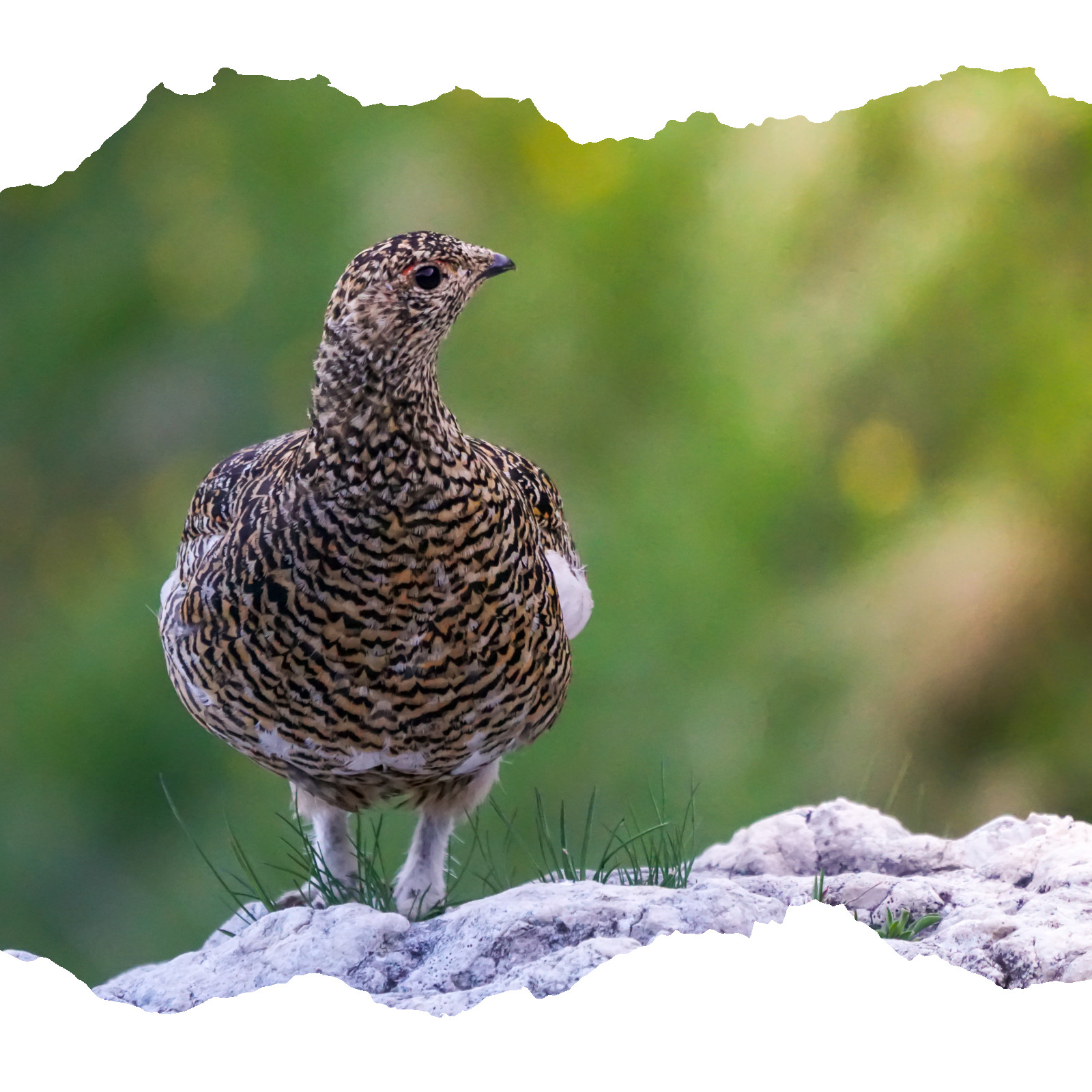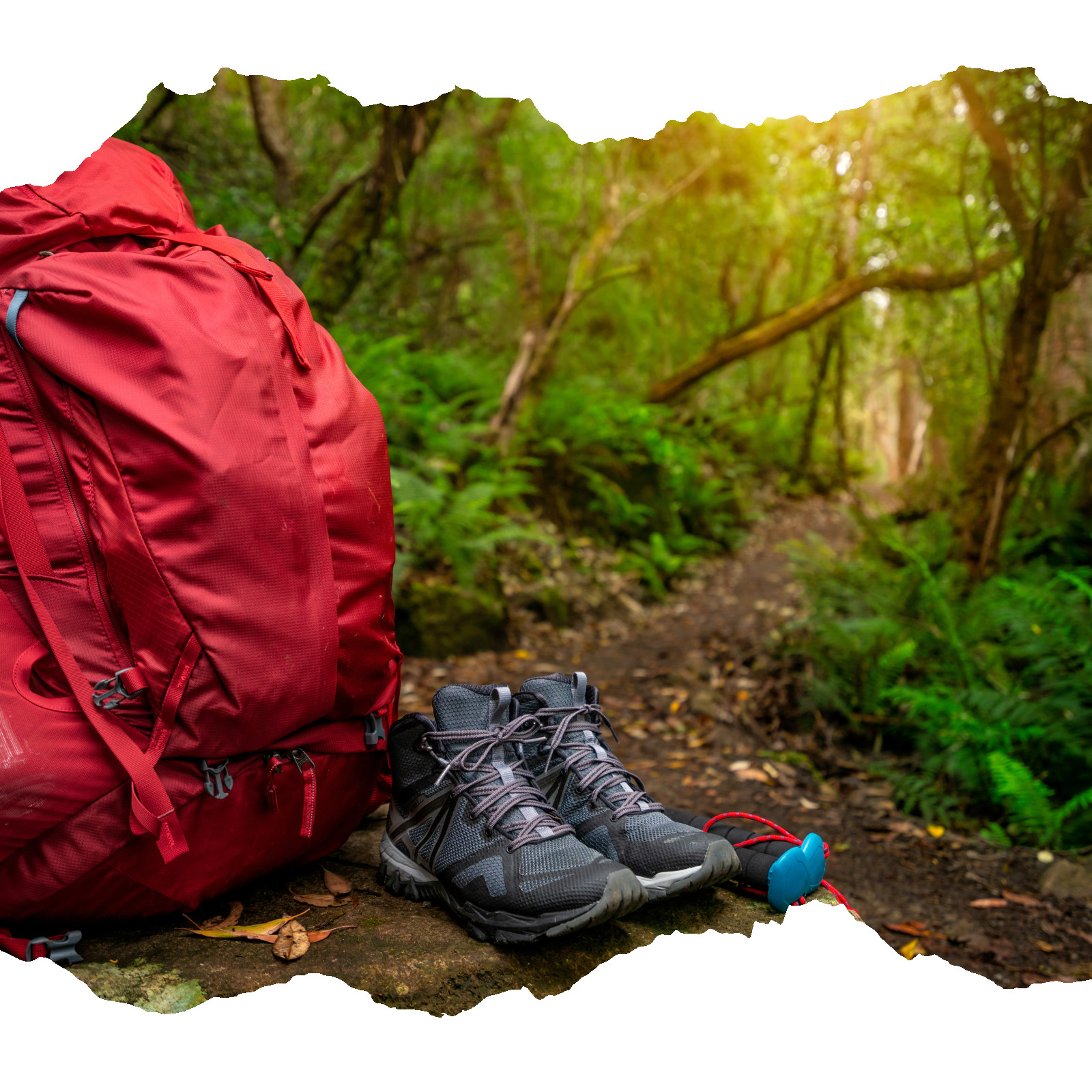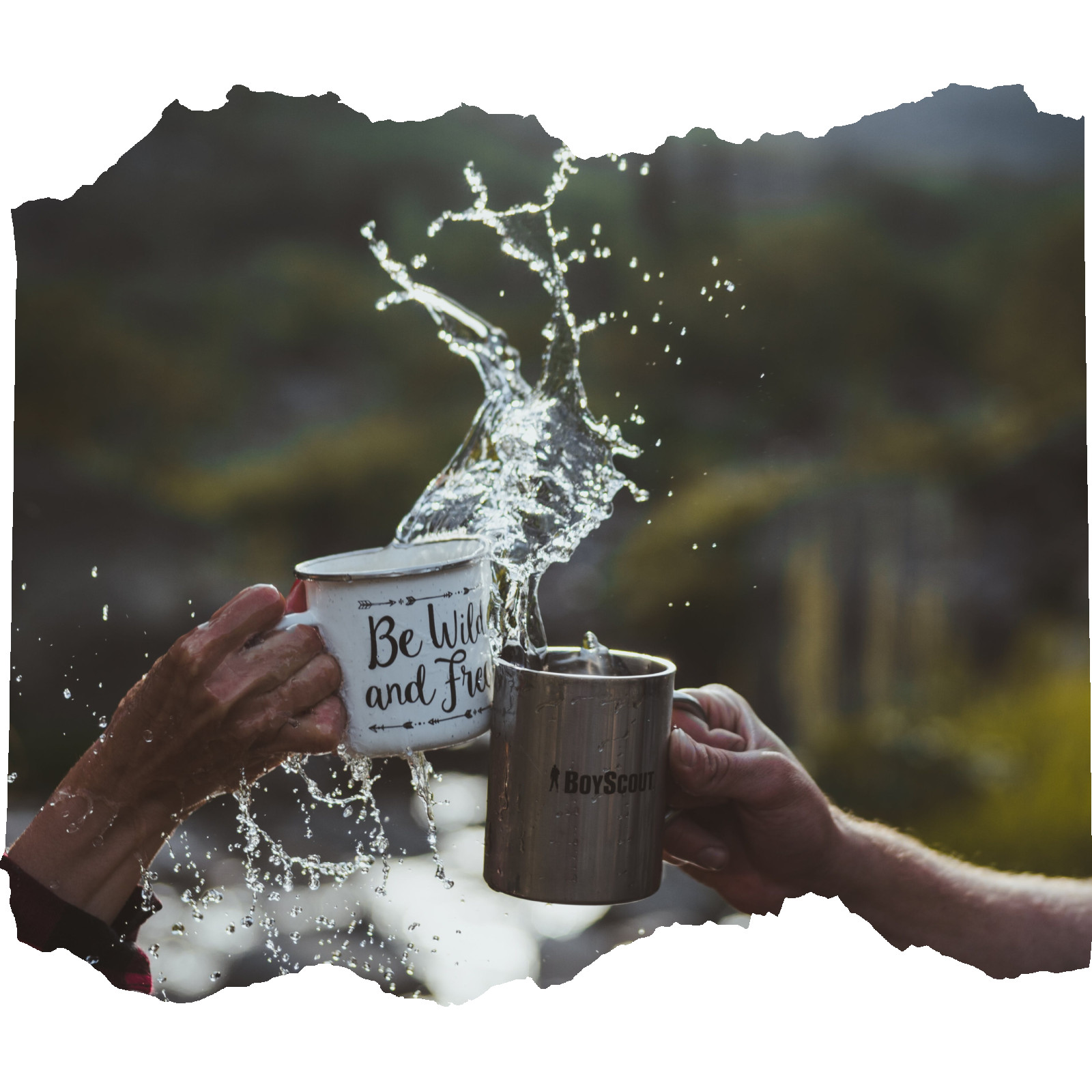
Discover Three Essential Ways to Safely Quench Your Thirst: The Water Purification Guide
Boiling: The Old Master's Test
The Science Behind It
Pros and Cons
Pros:
- Inexpensive: You only need a heat source, a pot, and patience.
- Effective: It's a virtually foolproof way to purify water.
Cons:
- Time-Consuming: Requires waiting for water to boil then cooling down to drinkable temperatures.
- Resource-Intensive: It demands a constant heat source that may not always be available.
Filtration: Nature's Best Engineer
The Science Behind It
Pros and Cons
Pros:
- Convenient: Portable filters can be used on-the-go.
- Reliable: Many filters meet rigorous NSF International standards for water safety.
Cons:
- Maintenance: Filters require regular cleaning and replacement to remain effective.
- Selective: Some filters, like UV filters, may not remove certain types of contaminants.
Chemical Treatment: The Portable Purifier
The Science Behind It
Pros and Cons
Pros:
- Compact: Treatments come in small, lightweight packaging.
- Rapid: Purification can sometimes be achieved in 30 minutes.
Cons:
- Taste: Iodine treatments, in particular, can leave an undesirable flavor.
- Resistance: Over time, some pathogens can develop a tolerance to certain chemicals.
The Best Method? It Depends
Conclusion: A Tale of Adaptation and Preparation
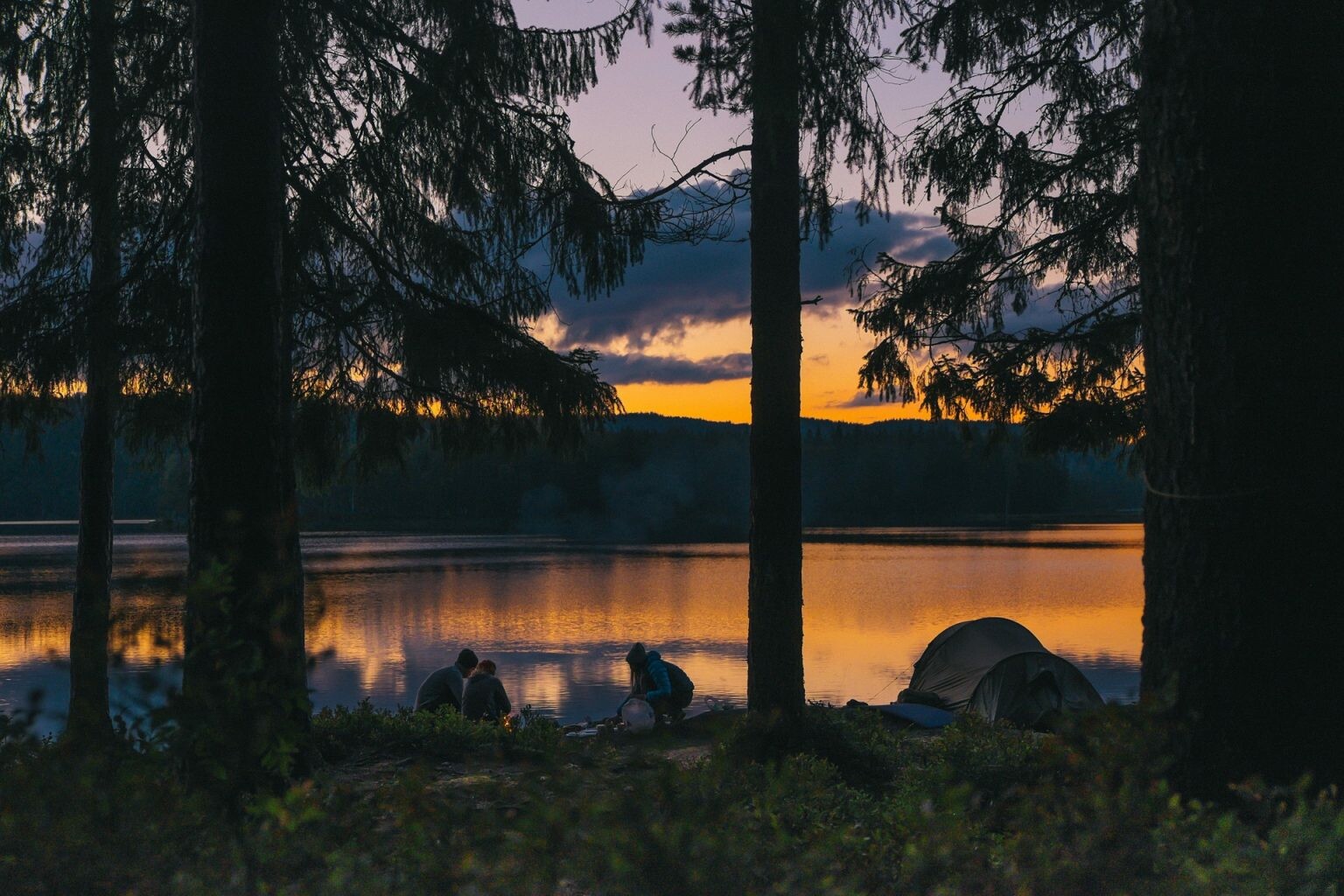
Bushcraft has been the topic of conversation in our blogs lately. So we thought we should address what it takes to live this type of lifestyle.
What is mindset?
The dictionary defines it as: 1) a fixed attitude, disposition, or mood; 2) an intention or inclination.
So, what does mindset have to do with bushcraft?
In bushcraft, you want things simple. Your mindset must be set to a minimalistic attitude in order to do this. This world has become so accustomed to having things immediately and having them now. If you’re constantly thinking about the big, expensive, high tech things, we negate that whole mindset. $600 Springfield M6 O/U shotgun? Nah, we’ll go with the $150 NEF single shot & adapters.
The society we live in today says it’s ok to not work for things. It says it’s ok to find the fastest, easiest way to our goals. And that’s if we have goals at all.
You must set an intention and be willing to work toward it. In order to live a more simple way of life, you often have to put more physical work into it. The “I want it all and I want it right now” mindset won’t work.
Pre-planning and forethought is a must. You must know how to use all your tools and techniques. Just having them won’t work. Develop a growth mindset and be willing to learn new things.
That being said, you must also accept that there will be failure and be ready to adjust as necessary. In other words, have back up plans for your back up plans.
Keeping a positive attitude will carry you far. Be willing to adjust your plans as needed and look for alternative ways to achieve your end goal. Be ready to put some work into it. Remember great things don’t come easy.
So, think you’ve got what it takes to live a bushcraft lifestyle? Ready to join us in the simpler way of life? Subscribe to our newsletter to stay up to date on all our latest and greatest!
*We will receive a small commission when you buy through the links found in our blogs. FYI, it doesn’t cost you anything extra, but it does help fund our site.
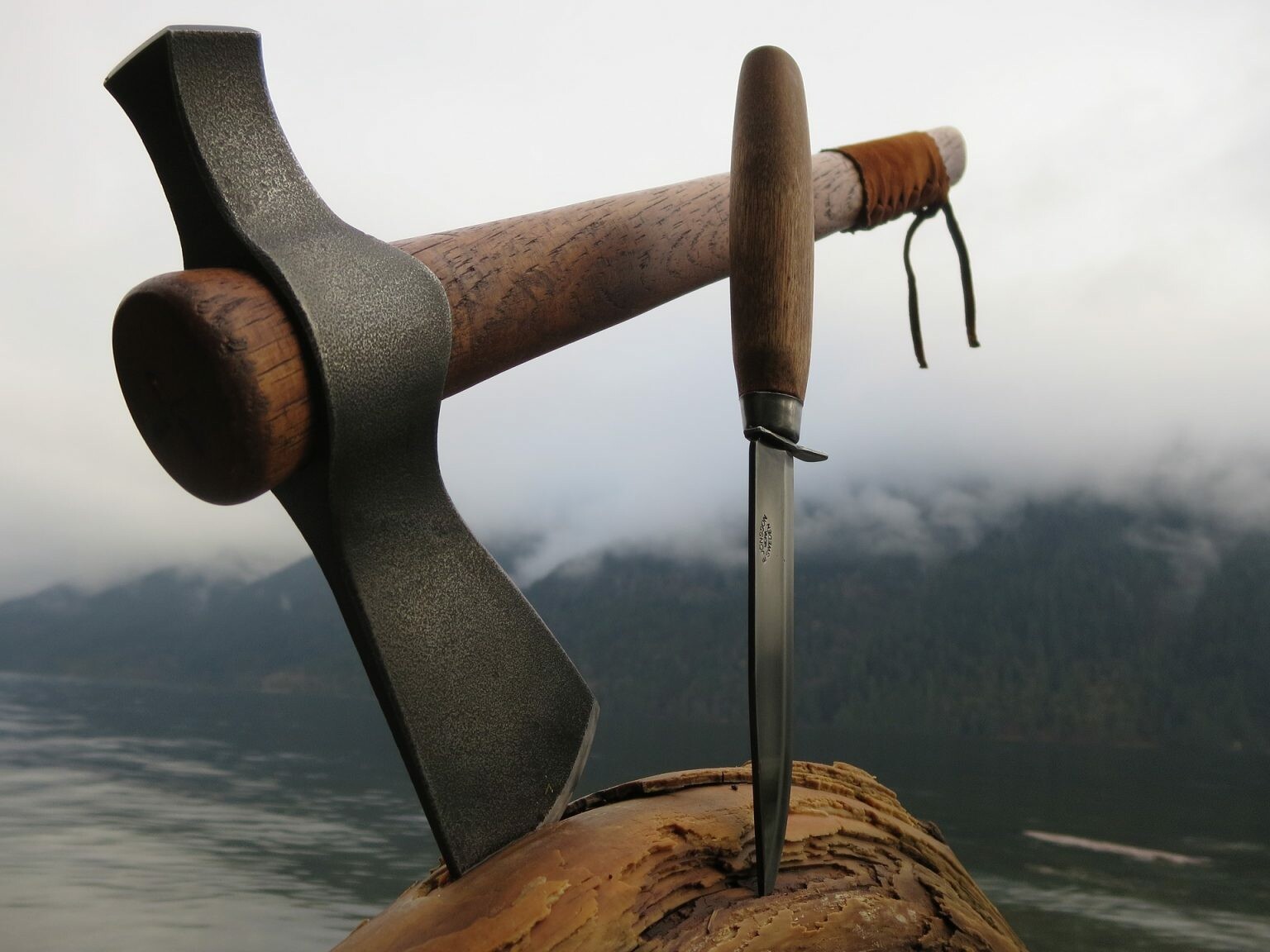
One of the first things I ever learned in the bushcraft arena is that your knife is probably the single most important tool to have. Using your knife you can collect & prepare shelter material, collect & process food sources, create fire and make other tools.
Needless to say, our cutting tools are very important, hence why they are one of the 5 Cs.
Knives
A fixed blade knife 4”-6” should be top of the list in this category. The blade should be flexible but not so thin as to be easily breakable. Your belt knife (EDC) should also have a 90 degree spine edge to be of best use with a ferro rod or for processing wood fiber. Stainless steel blades or corrosion resistant coated blades are usable, and obviously resist rust and corrosion, but they can hinder you a bit also. A stainless blade is harder to sharpen, and sometimes will not work as well with ferro rods. The same applies to a coated blade, you need to get the coating off the edge to maximize potential. A little more care care is required in a true high carbon steel blade (oiling, honing, etc) but I think it’s a good trade-off. Think back to your Grandma’s kitchen cutting block…..What was in it?
Saws
A saw is extremely useful in our craft, for two primary reasons. Firstly, less energy needs to be expended in a sawing motion during an operation like processing larger fuel. Secondly, more accurate cuts can be accomplished and less finishing work is needed to a cut end.
There are countless brands and types of folding saws out on the market, or you can fashion your own.
Axes/Tomahawks
Let’s all admit that when we think of outdoorsmen or our mountain man ancestors, one of the first images that comes to mind is either an axe or a tomahawk. The reason is simple. In the course of human evolution and development, the stone axe was probably the second cutting tool we ever developed.
An axe with a handle approx. 28” in length with about a 3lb head is perfect for felling and wood processing. This size of tool is very efficient in helping prepare and improve a camp. No need to go all Paul Bunyon!
The tomahawk as we know it today is really just a modern interpretation of those first stone axes our ancient primitive ancestors created. Small and light, with a narrow cutting face, the tomahawk lends itself to finer cutting work, and even food processing/skinning if you remove the head from the haft.
Machetes/Specialty blades
Machetes, parongs, kukri, etc all have a place for use. The thing to remember here is basically the terrain you’re in, and the most likely needed uses of the blade. A 2.5lb kukri blade is not going to be my best choice for skinning out and prepping a rabbit. Conversely, my 5” bushcraft knife wouldn’t exactly be the first choice for hacking through jungle thickets.
Basically, the right tool for the job is the rule here.
Whatever cutting tools you pick, make sure they are of good quality, and remember to keep them sharp and oiled.
*Be sure to click on the headings for products mentioned. As an Amazon affiliate, I will receive a small commission when you buy through these links. FYI, it doesn’t cost you anything extra, but it does help fund our site.
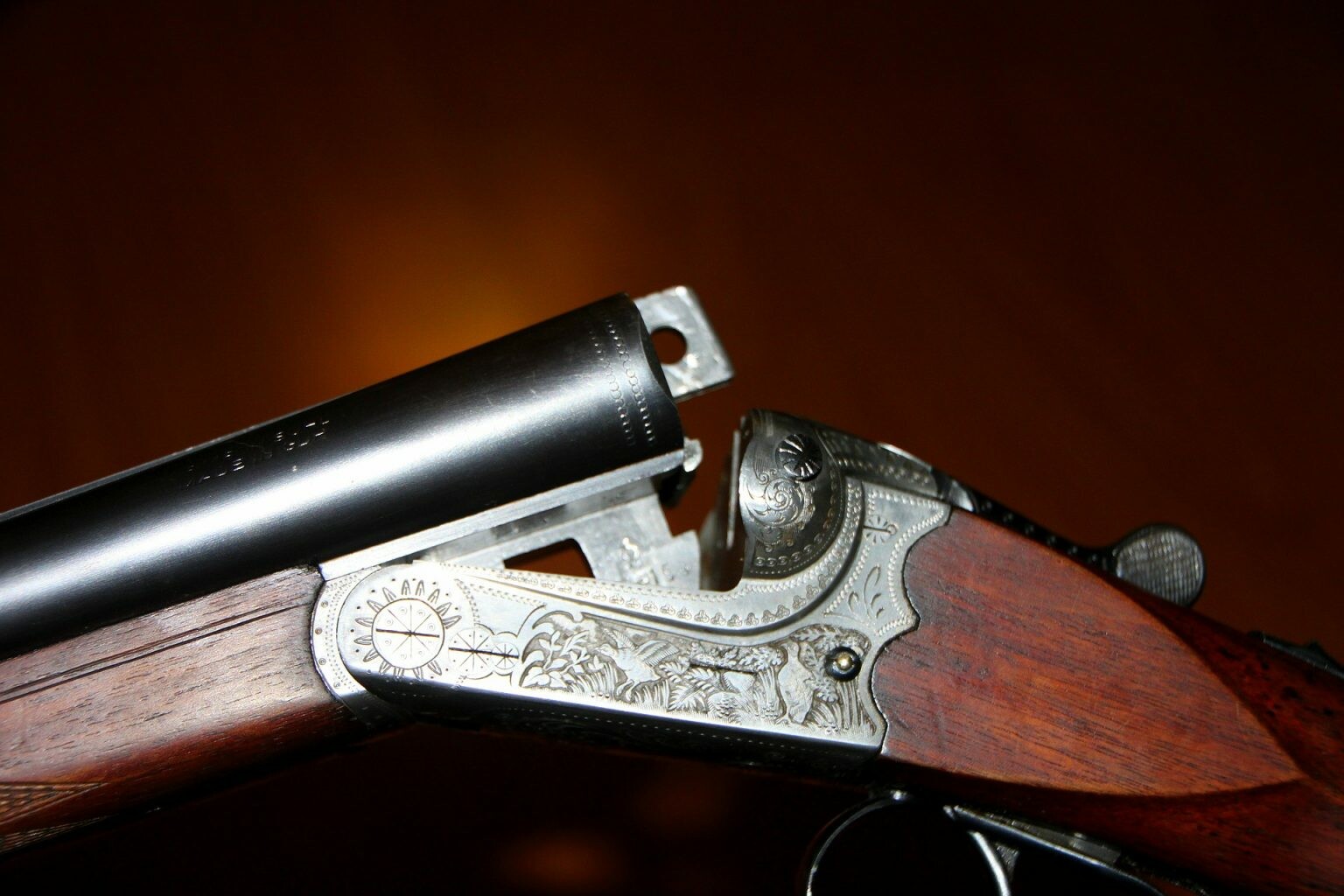
In continuing with our “What to take with you” theme, this time we’re going to look at food gathering.
First and foremost, let me state for the record that we are talking about bushcrafting/survival/bugging out vs a planned hunting or fishing excursion. Laws differ in every state and jurisdiction, and we are NOT talking about a regular season hunt situation.
Like our Mountain Man/Longhunter ancestors, we are looking at providing food at the moment. Let’s start with the quickest & easiest food gathering method. Firearms.
There is no single, perfect firearm or setup in what we do. Needs and resources vary greatly. In our Truck Gun series, we talked about different truck guns for different needs. Same principle here. If simply putting small game or birds on the table is your need, a .22 or .410 shotgun rig may be the perfect thing for you. If larger game is on the menu, you’re going to need something slightly bigger than those options. Whatever you need, in combination with what you have or are willing to get will determine your set-up.
Let’s take a look at what I think is an all around great set-up for Angela and I.
I prefer a single shot break open 12ga shotgun as my base platform for woods running/bushcraft.
Light, durable, easy to use. 12ga shells are among the most prolific and easy to obtain rounds out there. (Current ammo & component shortages not withstanding)
I started with a straight from the factory New England Firearms single shot shotgun (12ga, 3in chamber). I left the original barrel length alone, opting for sight radius accuracy vs canoe gun maneuverability. The one modification I did make was adding rifle sights to the shotgun to aid in aiming slugs or using the sub-caliber adapters.
Angela uses a 12ga SxS. Slightly heavier but definitely capable of the same stuff the NEF is.
Ok. Now that we have a base platform, let’s look at some options.
Having a shotgun in 12ga gives me a huge range of options. Bird shot for birds and small game, buckshot for medium game and defensive use, slugs for large game and defensive use, any number of sub-caliber adapters to bridge any gaps in use coverage. (.22 is my go-to).
Oh, did I mention that there are adapters available to basically turn that SS break open into a muzzle loader? This idea really turns my crank, in so far as that if I for some reason find myself without 12ga rds., I can break out the BP or Pyrodex, some 209 primers and get to work. There are methods for reloading spent shotshells, or you can even get full length brass hulls for modifying to use the 209 primer and BP. With a supply of BP/Pyrodex and some round ball, I am even able to take on larger game with pretty reasonable accuracy.
With a handful of assorted shells, along with my sub caliber adapter (and a few of those rounds), I can engage in a hunting foray, run a trap line, or flat out scrounge for a few days until I find 12ga rounds to continue the intended use of the shotgun.
Need a bag to carry all this stuff? Check out this one over at Field Supply.
Stick around guys, as next week we’re going to dig into the Cutting Tools aspect of bushcraft.
*As an Amazon affiliate, I will receive a small commission when you buy through these links. FYI, it doesn’t cost you anything extra, but it does help fund our site.
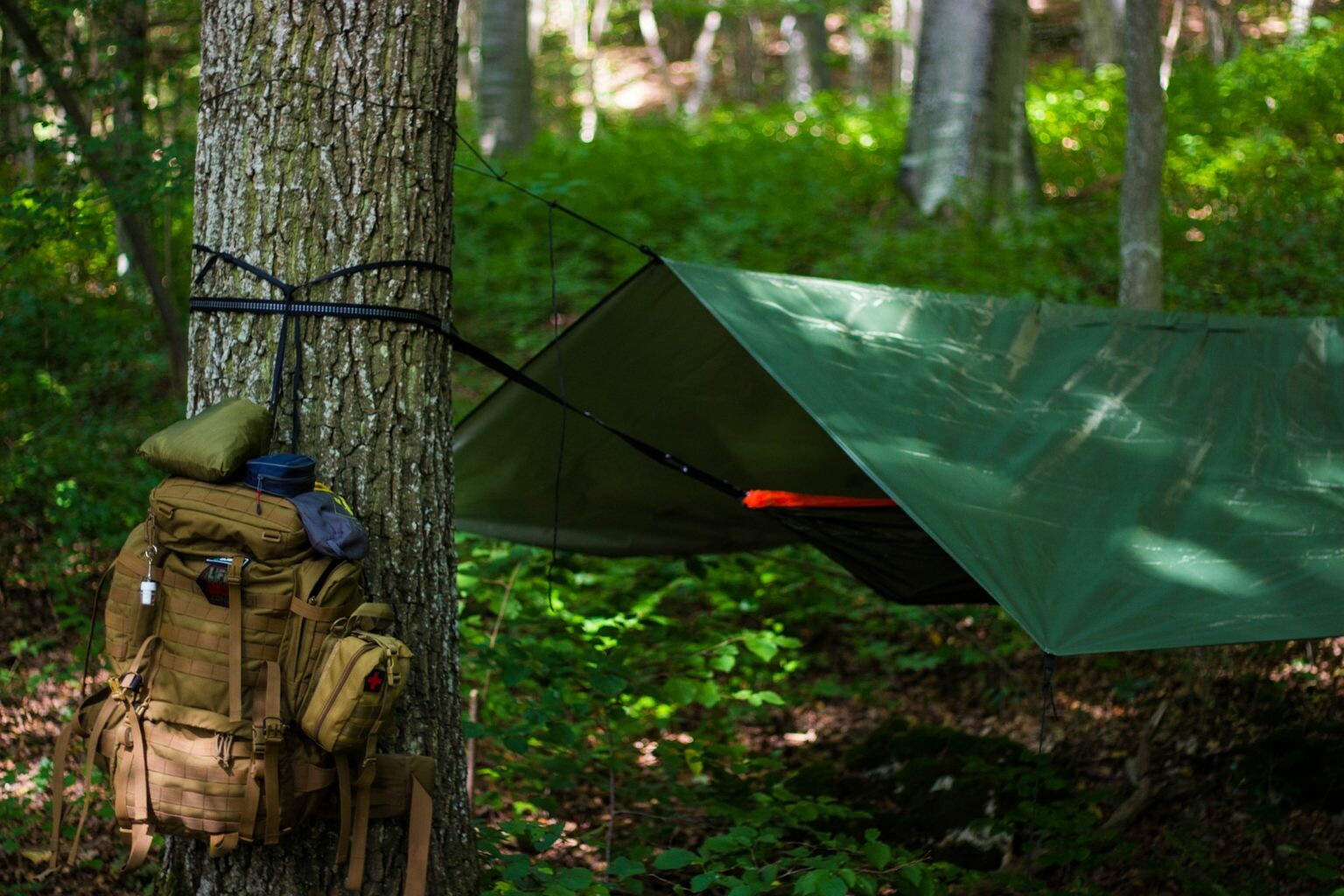
It’s pretty much a foregone conclusion that if you’re reading our stuff, you’re into this lifestyle or you’re getting ready for it. I spent my life (up until the past few years) learning a lot of this stuff through trial and error. That being the case, I decided to compile a lot into a much more easily accessible format, and share information I’ve collected and learned from others.
So, what do you need to take with you on your bushcraft excursions? The first part of the answer is determined by the purpose of the excursion (trapping, camping, etc.) and the second is more of a budgetary consideration.
THERE IS ABSOLUTELY NOTHING WRONG WITH HOMEMADE OR SECOND HAND ACQUIRED GEAR!
When I first got into Scouting, I used the BSA equipment Dad handed down to me, and I built a lot of my kit from stuff we had around the house.
Now that we have that out of the way………..
One of the best resources I’ve come across in years is the series of books (and YouTube videos) by Dave Canterbury. Links to these books are included in the blog.
Let’s begin with the 5 Cs of survivability.
- Cutting tools (knife, axe, hatchet, hawk, saw, etc)
- Cover elements (clothing, shelter material, etc)
- Combustion (multiple methods for making fire)
- Containers
- Cordage
A good knife (or 2) is an absolute must. No need for the “Rambo” survival knife, your belt knife doesn’t really need to exceed 5”-6”. Your knife will perform a multitude of tasks, from preparing material to skinning and cleaning game to carving other simple tools on your trip. The same goes for your camp axe (or tomahawk) and a folding saw.
The clothing you wear plus what extra take with you are the foundation of your cover elements. Durable clothing (wool socks, leather boots) is a must, as repairing clothing out in the woods can be difficult not to mention annoying. The whole idea of Bushcraft is to simplify & streamline, so we’re not looking at heavy or cumbersome tents and other pre-made shelters. A heavy duty tarp in conjunction with your cordage can provide an immensely effective shelt.
I recommend at least three methods for making fire. Personally, I’m a huge fan of ferro rods, followed by a butane lighter, then stick matches and lastly flint and steel. The more primitive forms of fire making are fun and a valuable skill to have, but let’s face it, when you NEED fire you really don’t want to be goofing around trying out new techniques!
You will need containers for water, and for storing/collecting food items.
Cordage is a biggie. #550 cord, tarred bank line and jute rope all have a place in my kit. #550 cord by itself can be broken down into components for fishing line, clothing repair, etc., While tarred bank line seems at times to be nearly indestructible. Jute rope is not the strongest cordage out there, but small sections of it can be fluffed out to aid in fire making.
It’s all about versatility and multi-use.
Ready to get started? Check out a few of the suggested items here.
*We will receive a small commission when you buy through the links found in our blogs. FYI, it doesn’t cost you anything extra, but it does help fund our site.


